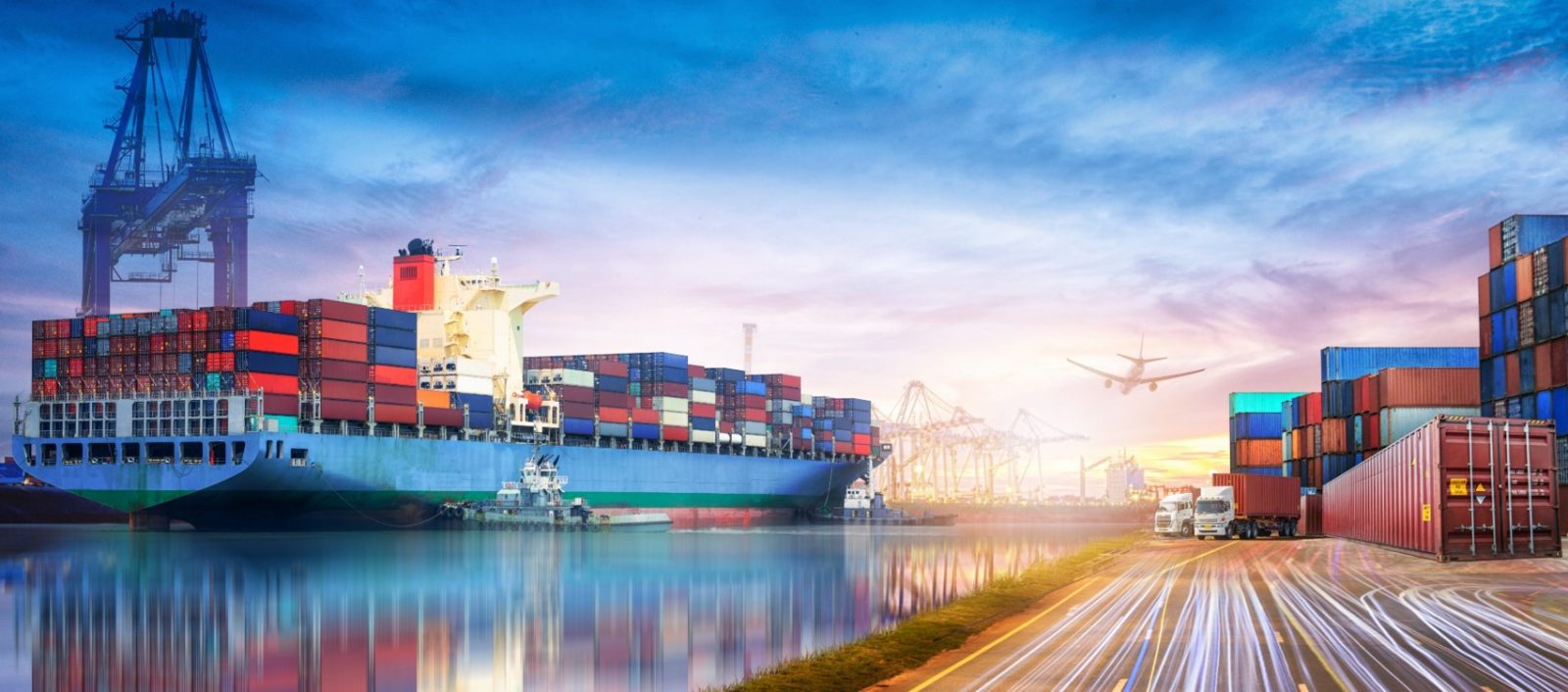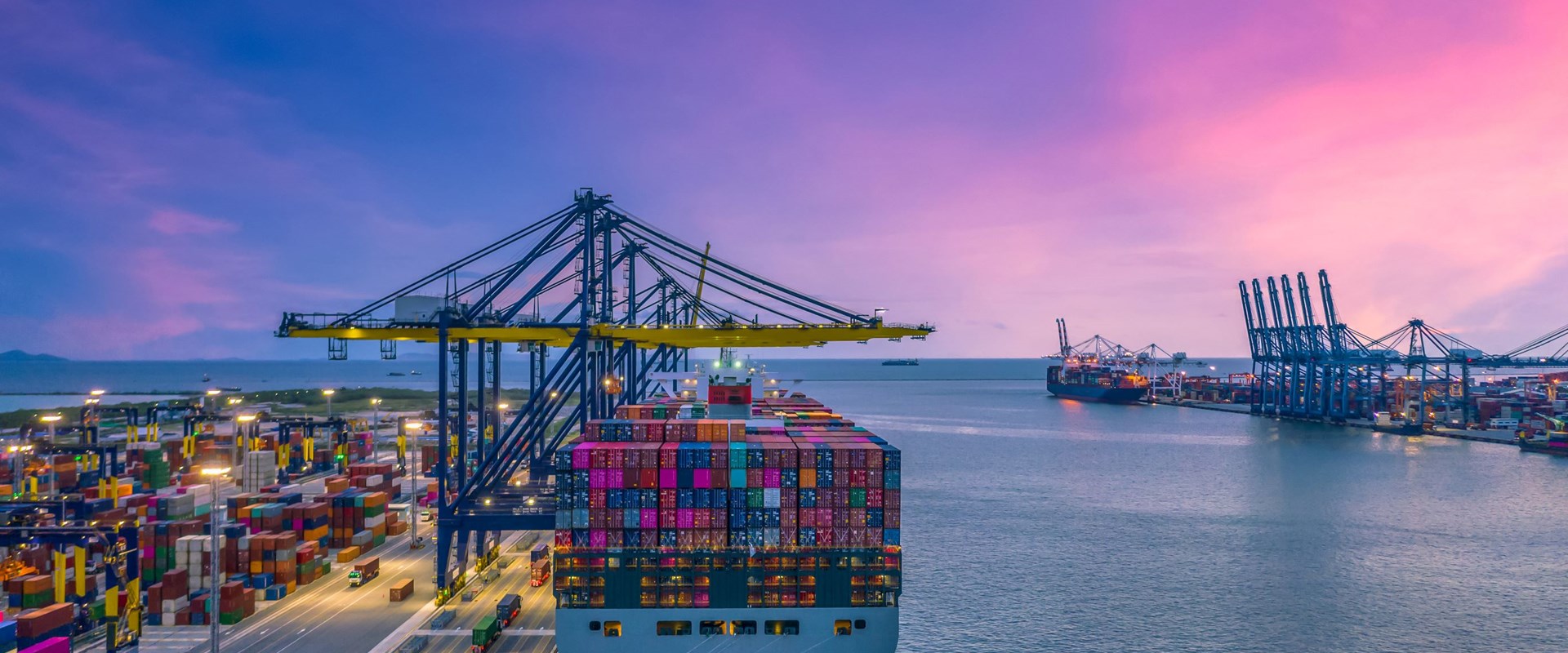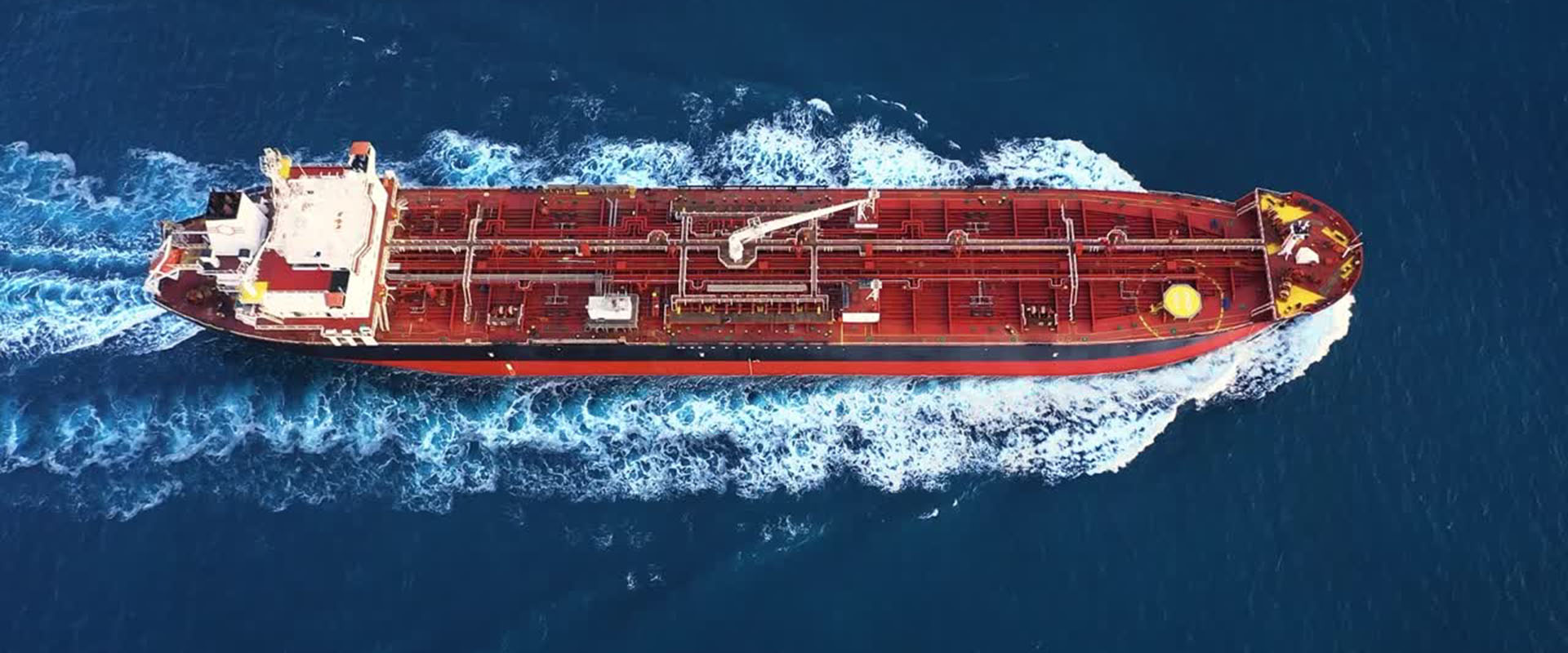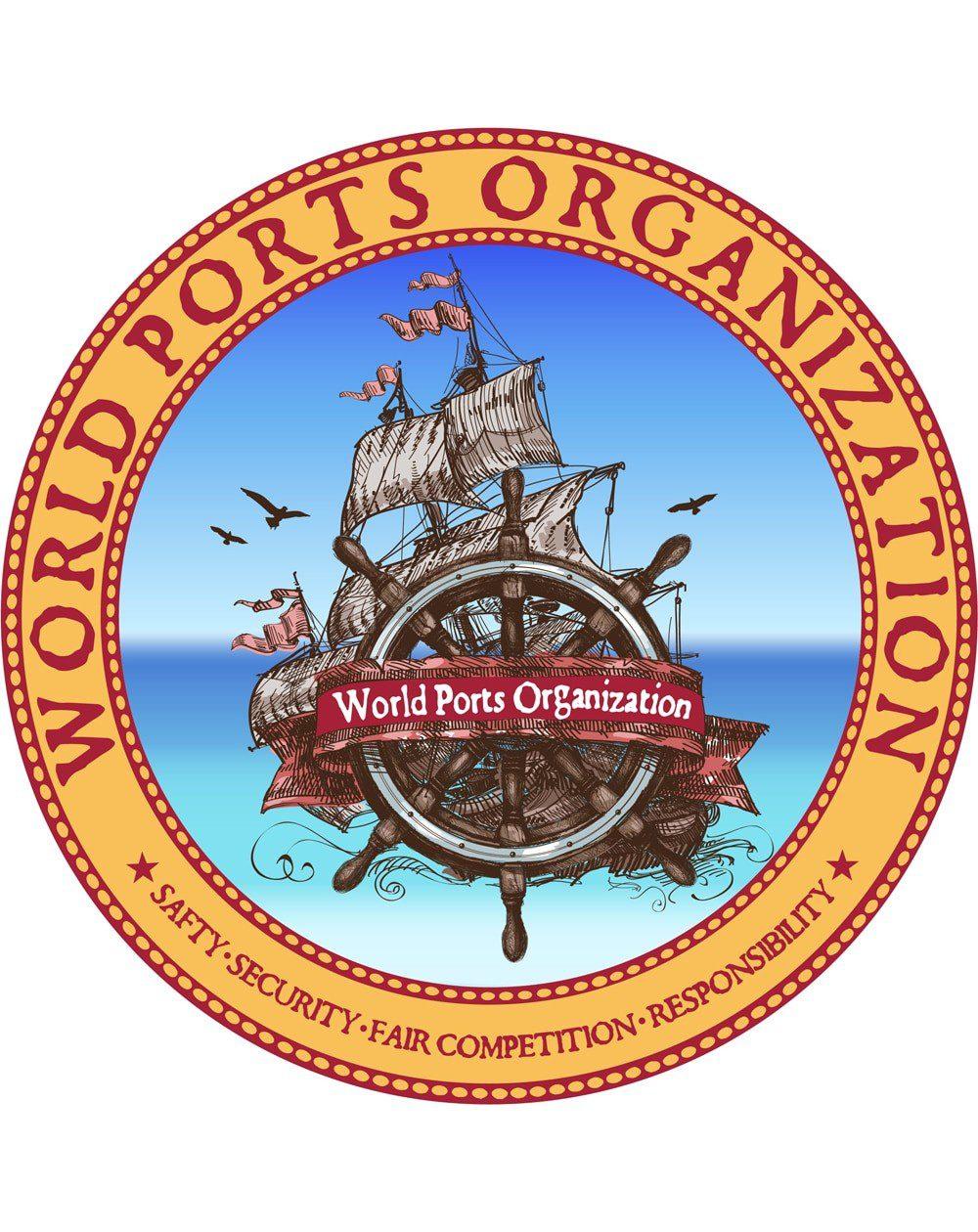GE Shipping’s offshore division is set to break even as the entire offshore fleet will get re-priced, as per a report by B&K Securities. The report also says that GE Shipping remains well on track to generate Rs 3,500-4,000 crore in free cash by the end of the financial year 2025.
According to G Shivakumar, Executive Director & CFO of GE Shipping, the offshore fleet will come up for re-pricing in the next two years. GE Shipping will probably get a $40,000 per day rate for each of the vessels in the next year, which is a significant increase from previous rates.
“The offshore fleet will be coming up for repricing within the next two years, all the vessels and we have 19 offshore supply vessels all of that will come up for repricing in FY24 and FY25,” Shivakumar said.
He added, “If you apply the same rate, the same day that is dollars per day to the two rigs which are coming off contract next year, you will get an increase of $40,000 a day on each of those rigs, which are coming off next year.”
Shivakumar stated that GE Shipping is not likely to sell any of its ships. This is due to the fact that the company is currently very underleveraged, which means it has plenty of room to borrow money if needed.
“We have a lot of cash, we are very underleveraged now. We have you know $100 million net cash in the group now. So we are very underleveraged it’s unlikely that we will sell, it might be on the margin a couple of ships, but we are looking to buy when we get the opportunity,” he said.
Shivakumar also discussed GE Shipping’s order book, which he stated is currently below its normal replacement rate. This is a concerning development, as it suggests that the company may not be able to replace its ships at the same rate that they are being retired.
However, Shivakumar did not seem overly concerned about this, stating that the company does not have a supply overhang anymore.
“The order book – that is the pipeline of new ships, which are joining the fleet was very high, we had order books of 30 and 50 percent. So 30 percent for tankers, 50 percent for bulk carriers, which was a crazy number. Today, the order book, which is a pipeline of new ships to join the fleet for tankers in bulk is between 4 and 7 percent and that is a very, very low number. We haven’t seen this number for more than 25 years. It’s not even the normal replacement rate, we don’t have that supply overhang even if you have normal demand growth,” he added.
Source: CNBCTV18






